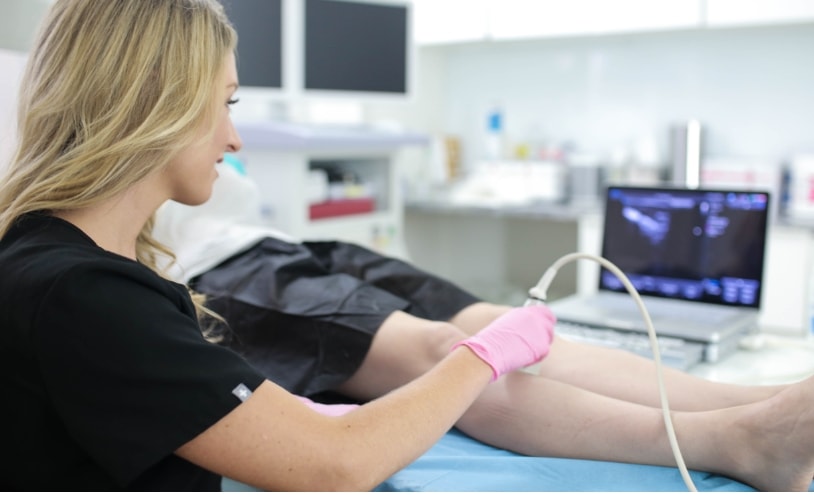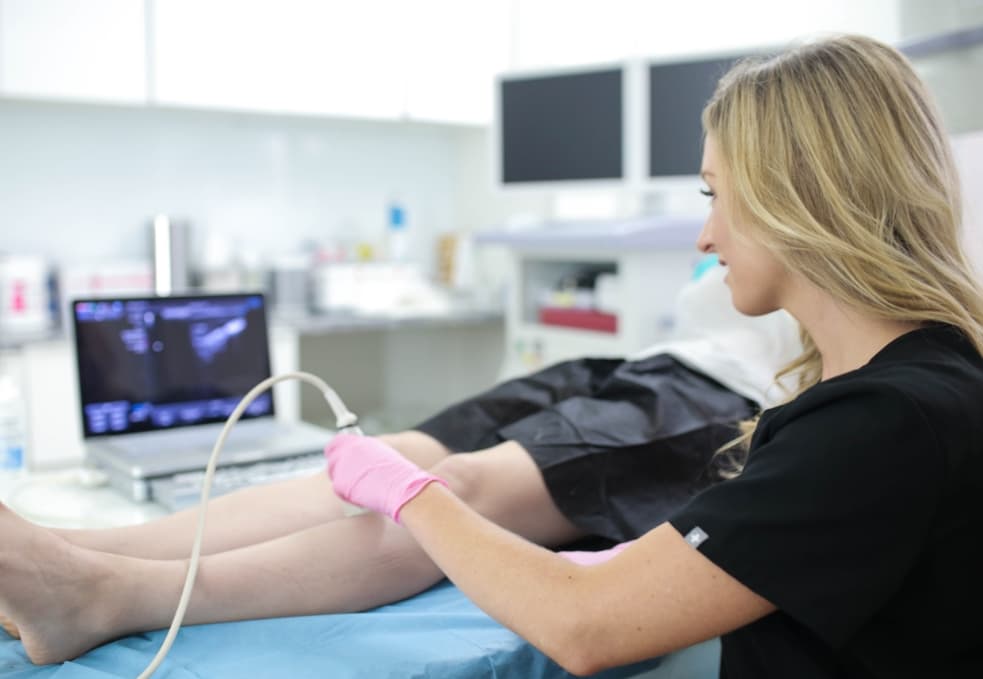What is the best technique for varicose vein removal?
If you have varicose veins, you may be looking for ways to get rid of them. Unfortunately, there is no one-size-fits-all answer to this question. The best treatment for varicose veins depends on a number of factors, including the severity of your condition, your symptoms, and your overall health. That said, there are two general types of treatments for varicose veins: conservative treatments and minimally invasive treatments.
Conservative treatments, such as compression stockings and exercise, are typically the first line of defense against varicose veins. These treatments can reduce the symptoms of varicose veins, like pain and swelling, and they may prevent the condition from worsening. That’s because compression stockings and regular exercise improve blood flow to your heart and take pressure off your leg veins. But conservative treatments can’t address the root cause of your vein problems or remove the superficial varicose veins.
Minimally invasive vein treatments, like endovenous ablation and ambulatory phlebectomy, are the ideal solutions for patients with vein disease and varicose veins. Minimally invasive treatments are more effective than conservative treatments because they target the root cause of your vein problems. Endovenous laser ablation, for example, destroys the diseased saphenous vein responsible for vein disease. And ambulatory phlebectomy involves the physical extraction of superficial varicose veins. Some of the other minimally invasive procedures include radiofrequency ablation, venaseal, and sclerotherapy.
The “best” technique for varicose vein removal will depend on your diagnosis, symptoms, the location and size of your varicose veins, and numerous other factors. Our board-certified vein doctors in Long Island will curate a personalized vein treatment plan after an evaluation.

How is ambulatory phlebectomy performed?
Ambulatory phlebectomy is a minimally-invasive surgical procedure used to remove varicose veins. The procedure is performed under local anesthesia and does not require hospitalization. The vein doctor makes small incisions in the skin over the varicose veins and removes the veins using a surgical hook or other instruments. The incisions are then closed with sutures or tape. The entire procedure takes about 30 minutes to an hour to complete. Most people can resume their normal activities immediately.
There are several advantages to ambulatory phlebectomy. First, the procedure is minimally-invasive and does not require general anesthesia. Second, it is a relatively quick and easy procedure that can be performed in an outpatient setting. Third, the risks and complications associated with the procedure are low. Finally, the cosmetic results of ambulatory phlebectomy are excellent — the varicose veins are immediately removed, following which the incision marks gradually heal and fade away.
What happens during endovenous laser ablation?
Endovenous laser ablation is a minimally invasive procedure used to treat varicose veins. The procedure involves using a laser to heat and destroy the vein. This closes off the vein and redirects blood flow to healthier veins. Endovenous laser ablation is performed under local anesthesia. A small incision is made in the skin, and a thin, flexible laser fiber is inserted into the vein. The laser is then activated, delivering energy to the vein wall and causing it to collapse.
The procedure takes about 30 minutes to an hour. You may experience some bruising and swelling after the procedure, but this should subside within a few weeks. Most people can return to their normal activities the same day or the next day. After the procedure, you’ll likely need to wear compression stockings that apply pressure to your veins and improve blood flow. While you can resume daily activities immediately, strenuous workouts should be avoided for a few days.
What happens after varicose vein treatment?
Varicose vein treatment can be a life-changing experience. Not only can it improve your appearance, but it can also relieve the pain and discomfort that often comes with varicose veins. The best part? The results are usually permanent. However, like with any medical procedure, there are some potential side effects, and recovery can take a little time. Here’s what you need to know about what happens after varicose vein treatment.
Potential Side Effects
Most people experience little to no side effects after varicose vein treatment. However, some people may experience temporary bruising, swelling, and discomfort. These side effects are usually mild and should resolve on their own within a few days.
Recovery
After your procedure, you will be able to walk immediately. However, you should avoid strenuous activity for the first few days as your body recovers. Your doctor will let you know when you can return to your normal activity level.
Aftercare
To help ensure the best results and minimize the risk of side effects, it’s important to follow your doctor’s aftercare instructions. This may include wearing compression stockings, avoiding hot baths or saunas, and refraining from prolonged standing or sitting.
Which specialist treats varicose veins?
If you have varicose veins, you must consult vein specialists, also known as phlebologists. Phlebologists are doctors who specialize in the diagnosis and treatment of vein disease, varicose veins, and other vein disorders. Vein doctors specialize in minimally invasive varicose vein treatments that improve your symptoms and target the root cause of your vein problems, ensuring safe and consistent results.
Where can I get my varicose veins removed?
Long Island Vein Treatment is a state-of-the-art medical center specializing in cutting-edge, minimally invasive varicose vein treatments in Long Island. We have offices in West Islip, Jericho, and Hampton Bays, so you can easily visit your nearest medical center for vein treatment in Long Island. Please schedule an appointment to get your varicose veins removed.
